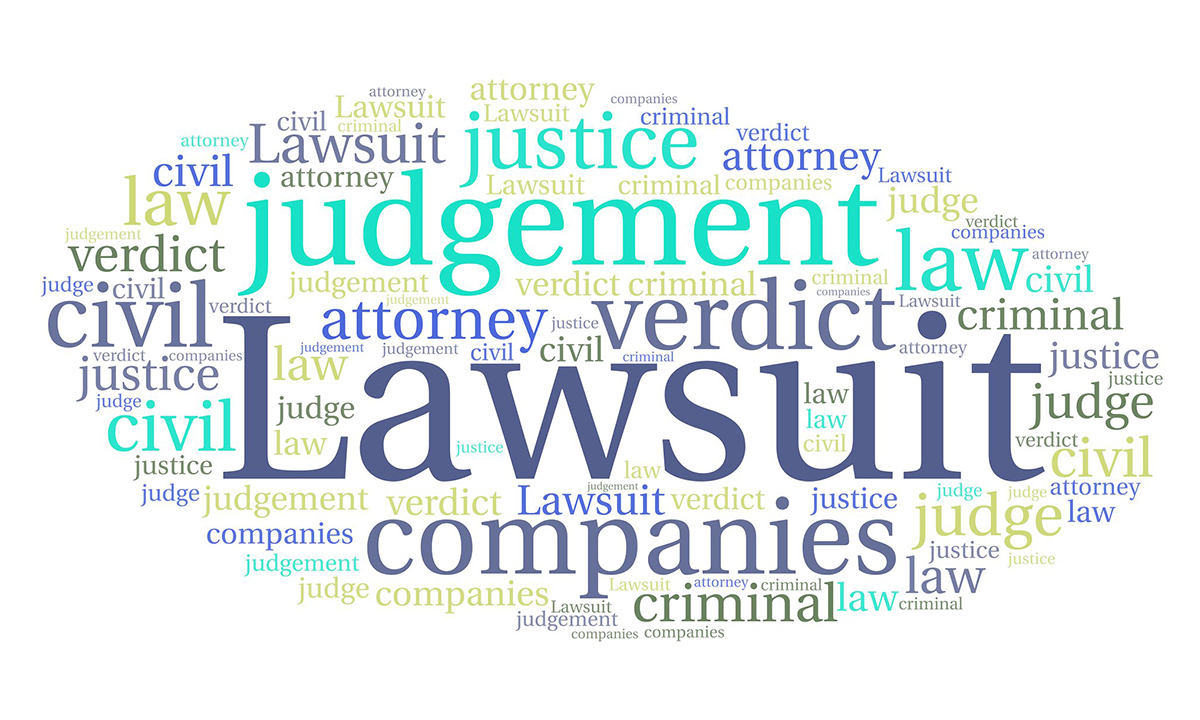The following is the second of a two-part series from a contributor regarding capital punishment in light of news that prosecutors are pursuing the sentence for the Chabad of Poway shooter.
Humans have always associated death as the end. Premature death thus serves as both the most powerful retribution and the worst of injustices. For basically all of human history, the death penalty has been held as a legitimate form of retributive justice for the most egregious crimes against humanity.
Granted, we’re no longer in the age of medieval torture devices—the death penalty has become less of a cruel and unusual punishment than it once was—and thus, the circumstances surrounding its justification have changed as well.
It’s essential to the core of this debate to address the common ground.
Terrible people, in fully sound, body, and mind, commit unforgivable crimes, and justify them with logic that goes against common morality. Some form of permanent life sentencing needs to be in place to punish such individuals. The question that remains, of course, is which.
For a punishment that seems simple enough (people are awfully easy to kill), administering capital punishment is egregiously difficult. The appeals process of post-conviction proceedings draws out the period that the sentenced spends on death row, which averages over a decade for each prisoner, most often more.
During this period, prisoners are isolated from nearly all forms of basic human interaction, sharply restricted from exercise, and stripped of most visiting hours, spending on average 23 hours a day in their cells. These conditions are tantamount to solitary confinement, which in the case of the general prison populus, is a highly severe punishment that can only be administered for extremely limited periods.
That being said, the death penalty as it stands today is subjecting its prisoners to two distinct punishments: one part being the actual act of administering death itself, and the other being the period of confinement on death row.
These years of uncertainty and cold isolation are cruel and unusual punishment in and of themselves, driving inmates to a suicidal state of delusion and insanity. Psychologists and lawyers have begun to refer to these symptoms as “Death Row Syndrome.”
The syndrome was first referenced in the 1989 extradition hearings of Jens Soering. He argued to the European Court of Human Rights that the conditions he would have faced on death row would be equivalent to torture.
Another factor that plays into the dangers of long periods on Death Row is ubiquitious enough to forget. The Death Row population is aging, and our prisons aren’t ready to deal with it. State governments and the court system are struggling with the moral ramifications of age-related physical and mental declines affect executions.
Perhaps the most famous case of elderly execution is twice-murderer J.B. Hubbard, who, at 74, was the oldest man executed in the U.S. in over six decades. His spasms of dementia made him forget who he was, and two different forms of cancer stripped him of what little mobility his hypertension spared.
The moral issues that come with executing seniors are summed up eloquently by the words of legal professor Jonathan Turley, a George Washington University professor who frequently worked with elderly prisoners. “Dead man walking is one thing. Dead man being pushed to the execution chamber in a wheelchair is another thing.”
So, what to do? Most would agree that the fact that the Death Row sentencing period shouldn’t be so long, and thus must be shortened if the death penalty is to stay around. However, that’s the thing: It can’t be. Without allocating more resources to expedite the process or curtailing the very necessary appeals process, death row isn’t going to be shorter anytime soon.
Limiting the sentencing process would be equivalent to destroying procedural safeguards that were implemented to protect the innocent from being unfairly executed. We cannot allow this to happen, as our legal system can’t deny anyone the right to a fair trial.
Even with the protections in place today, innocents have been executed. On average, there have been more than four cases each year in which an entirely innocent person was convicted of murder, some of whom were sentenced to death. In many cases, reprieves were received hours — or even minutes — prior to the execution.
Tens of thousands of stories exist in which the wrong person is sentenced for a crime they didn’t commit. However, in no case is an unfair sentence worse than the case of the death penalty given to the wrong man. People can be released from prison, but the same doesn’t hold true for the cruel embrace of death.
America has always strived to fight for the rights and liberty of the innocent. No vicious retribution is worth the strife that falls from its nature. The death penalty spits in the face of everything that America is, and is an antiquated reminder that some of the things we cling to ought to be let go.




